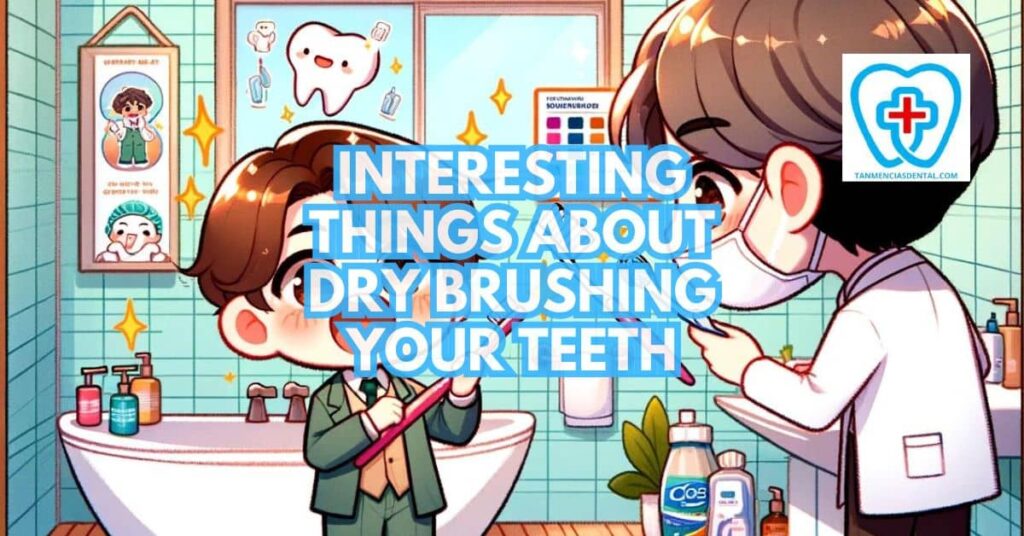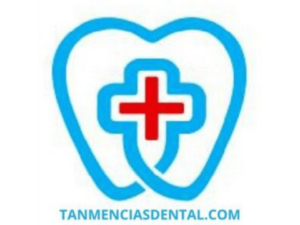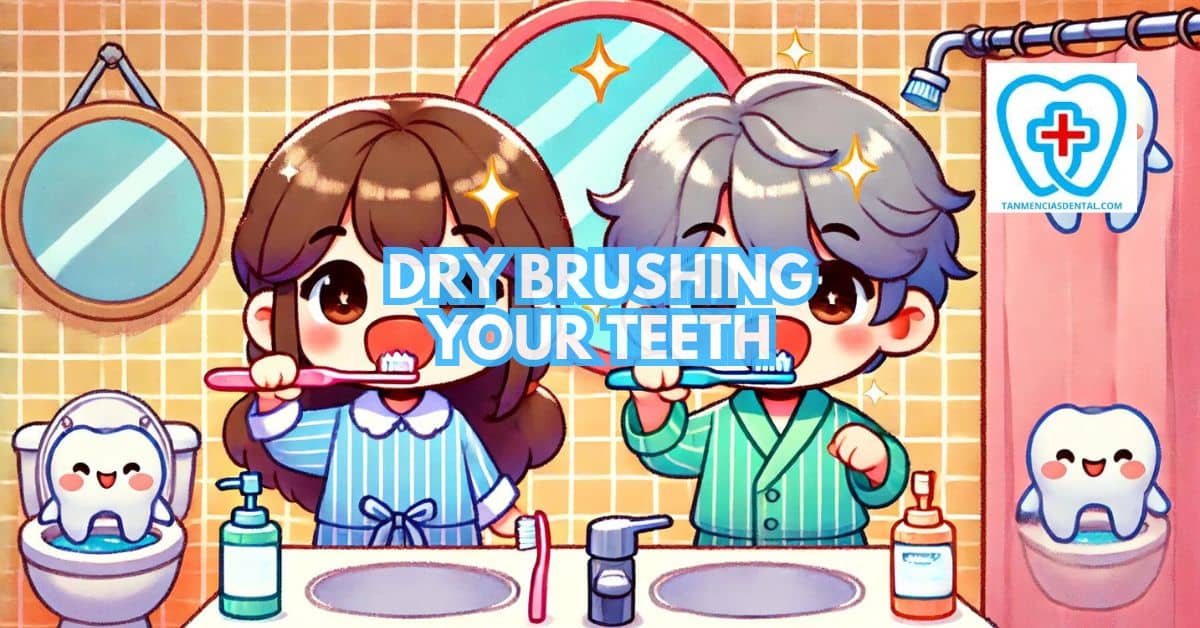Dry brushing your teeth is an easy practice that skips the use of water or toothpaste.
By relying solely on the brushing motion, this technique is believed to improve plaque removal and dental awareness.
Many users say they can better feel plaque buildup and target those areas more effectively.
Without the distraction of toothpaste, dry brushing focuses purely on the mechanical process of cleaning.
While it may seem different from typical routines, dry brushing your teeth offers an interesting way to enhance your oral care habits.
1. Exploring the History and Origins of Dry Brushing
The practice of cleaning teeth without water or toothpaste dates back to ancient civilizations, when modern dental products did not exist.
People in early cultures often used dry materials like twigs, feathers, or animal bones to scrub their teeth and remove food debris.
These methods, while simple, were effective in keeping teeth feel smoother and free of plaque.
As time passed, the development of the toothbrush in the 19th century provided a more standardized approach to oral hygiene.
However, some people continued using dry brushing as a supplement to their routine, appreciating its simplicity.
This historical background highlights how dry brushing has persisted alongside modern methods, showing similarities to professional dental cleaning techniques focused on plaque removal.
Understanding these origins sheds light on how ancient practices have influenced today’s oral care habits.
2. A Closer Look at the Technique of Dry Brushing
Effective dry brushing starts with the selection of a suitable toothbrush, ideally with soft bristles to prevent gum damage.
The brushing technique involves gentle circular motions along the gum line and sweeping strokes across the teeth surfaces.
It’s crucial to brush all dental surfaces, including the outer, inner, and biting edges of each tooth.
This method requires more time and attention to detail, as the lack of toothpaste means less sensory guidance on where you have brushed.
Practicing this technique regularly can lead to more refined brushing skills, even when using toothpaste.
3. The Benefits of Dry Brushing Your Teeth
Dry brushing can significantly enhance your tactile feedback, helping to identify areas of plaque accumulation that might be overlooked with traditional brushing.
It encourages a more mindful approach to brushing, focusing on each tooth individually.
Without the foam and flavor of toothpaste, one tends to brush longer and more thoroughly.
This practice can lead to less aggressive brushing, preserving tooth enamel and gum health.
Also, dry brushing can be a useful technique in water-scarce areas, promoting oral hygiene without the need for running water.
4. How Dry Brushing Can Improve Oral Health
Dry brushing promotes the removal of plaque through direct and focused brushing, which can lead to healthier gums and teeth.
By eliminating soft plaque before it hardens into tartar, this technique can prevent the onset of gingivitis and periodontal diseases.
The stimulation of the gums during dry brushing increases blood circulation, which is beneficial for gum health and healing.
Furthermore, regular dry brushing can reduce bad breath as it effectively removes food particles and bacteria lodged between teeth and along the gumline.
This proactive approach to oral hygiene ensures a cleaner mouth and may decrease the likelihood of cavities and infections.

5. The Science Behind Why Dry Brushing Works
Dry brushing your teeth enhances the mechanical cleaning action, which is essential for disrupting and removing the bacterial biofilm known as plaque.
Without the distraction of toothpaste flavors and textures, individuals can concentrate more on the brushing process, increasing its effectiveness.
The tactile sensation of the bristles on teeth and gums allows for better control and adjustment of brushing force, preventing excessive pressure that could damage oral tissues.
Scientific studies indicate that tactile feedback during tooth brushing plays a crucial role in improving cleaning efficacy and reducing plaque accumulation.
In addition, this practice can be a beneficial training tool for developing better brushing habits, especially in children and those who tend to brush too aggressively.
6. Potential Risks and Safety Precautions
While dry brushing can be beneficial, it’s important to use the correct technique to prevent potential harm.
Applying excessive force or using a toothbrush with hard bristles may lead to enamel erosion, gradually wearing down the protective outer layer of your teeth.
Improper brushing techniques or overbrushing can irritate the gums, causing sensitivity or even gum recession over time.
To avoid these issues, choose a toothbrush with soft bristles and apply minimal pressure during brushing to protect both your teeth and gums.
Additionally, regularly monitor your oral health for any signs of irritation and consult with your dentist if you experience any discomfort or adverse effects from dry brushing.
7. Comparing Traditional Toothbrushes to Dry Brushing
While traditional brushing methods use toothpaste to assist in cleaning and providing fluoride for tooth enamel, dry brushing relies purely on the physical action of the brush.
Some advocates of dry brushing suggest that this method can reach areas that might be missed when a mouth is full of toothpaste foam.
However, it is important to note that while dry brushing can be effective for plaque removal, it does not supply fluoride, which is vital for preventing tooth decay.
Users of traditional toothbrushes might find transitioning to dry brushing unconventional at first due to the lack of sensory cues from toothpaste.
Both methods have their benefits, and using them in conjunction can optimize oral health by combining thorough mechanical cleaning with chemical protection from toothpaste.
8. Common Misconceptions about Dry Brushing Your Teeth
One common misconception is that dry brushing can completely replace traditional toothbrushing with toothpaste.
While dry brushing is effective for plaque removal, it does not provide the fluoride needed to strengthen tooth enamel against decay.
Some people also mistakenly believe that dry brushing is more abrasive to the dental surfaces and gums, but with the correct technique, it is quite gentle.
Another misunderstanding is that dry brushing is time-consuming; however, it generally takes no more time than regular brushing once the technique is mastered.
There is a belief that dry brushing is sufficient for complete oral hygiene, but it should be viewed as a complementary practice rather than a standalone method.
9. Tips for Incorporating Dry Brushing into Your Dental Routine
To start incorporating dry brushing, choose a specific time of day to replace your regular brushing with this method, such as your morning routine.
Gradually, you can introduce dry brushing more frequently, observing how your teeth and gums respond.
It is important to continue using toothpaste with fluoride at least once a day to maintain dental health benefits that dry brushing alone cannot provide.
Consider using dry brushing as a preliminary step before brushing with toothpaste, especially in the evening, to ensure maximum cleanliness before bedtime.
Keeping an extra toothbrush just for dry brushing can help establish this habit without disrupting your normal toothpaste routine.
10. Expert Opinions on the Effectiveness of Dry Brushing
Dental professionals acknowledge the benefits of dry brushing, particularly in enhancing the mechanical cleaning of teeth and gums.
Experts suggest that while it should not replace brushing with toothpaste, it is an effective supplementary technique for those looking to improve their oral hygiene.
Dentists often recommend dry brushing to patients who struggle with gum diseases, as it can help reduce plaque buildup in a gentle manner.
However, they caution against overuse or incorrect technique, which can lead to gum damage and enamel wear.
Overall, the consensus among dental experts is that, when done correctly, dry brushing can be a valuable addition to oral health practices.
11. The Surprising Results of Regularly Dry Brushing Your Teeth
Many individuals who regularly use dry brushing techniques report a noticeable decrease in plaque and an overall improvement in gum health.
Users often experience fresher breath and a cleaner feeling throughout the day due to the thorough removal of food particles and bacteria.
Over time, some people observe that their teeth appear brighter and their gums less inflamed.
An unexpected benefit that some report is a greater awareness of their dental health and more precise control over their brushing techniques.
These positive outcomes encourage continued use and integration of dry brushing into daily oral care routines.
👨⚕️ Conclusion
Incorporating dry brushing into your dental routine can provide a fresh perspective on how you care for your teeth and gums.
It emphasizes the importance of technique and thoroughness in oral hygiene, which can lead to better overall dental health.
While it’s not a replacement for traditional brushing with toothpaste, it serves as an excellent adjunct that complements and enhances the benefits of your regular dental care practices.
As with any new dental technique, it’s advisable to consult with your dentist to tailor the best approach for your individual needs.
Re-evaluating and updating your dental routine to include dry brushing might just be the step needed to achieve optimal oral health.
😊 Self-Promotion
Visit us at Tan-Mencias Dental Clinic in Parang, Marikina City, for expert dental care in a friendly and welcoming environment!
Whether you need a routine checkup, cleaning, or more specialized services, our team is here to ensure you receive top-quality care.
You can easily reach out with any questions or to schedule an appointment by calling us at 9171451074, sending a message through our Facebook page, or using the contact form on our website.
We’re dedicated to making your dental health our priority with personalized and attentive care.
Let us help you achieve and maintain a bright, healthy smile.
Contact us today!

